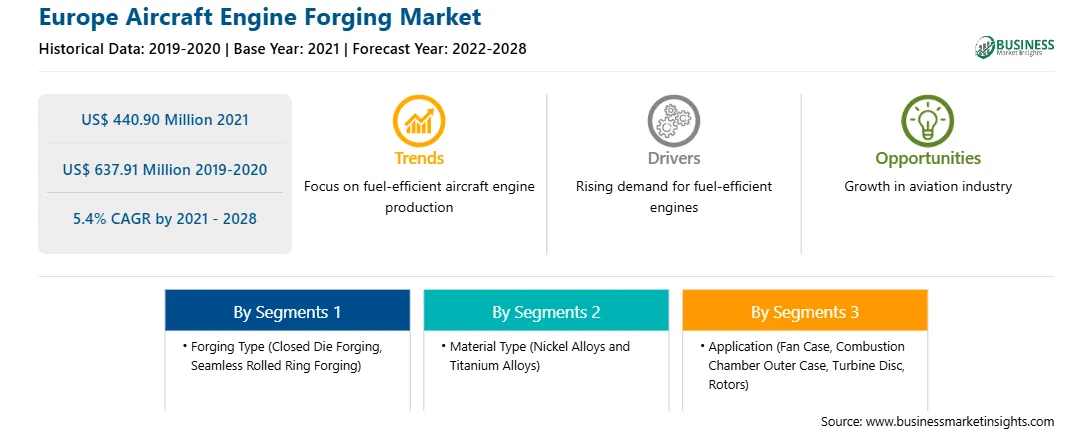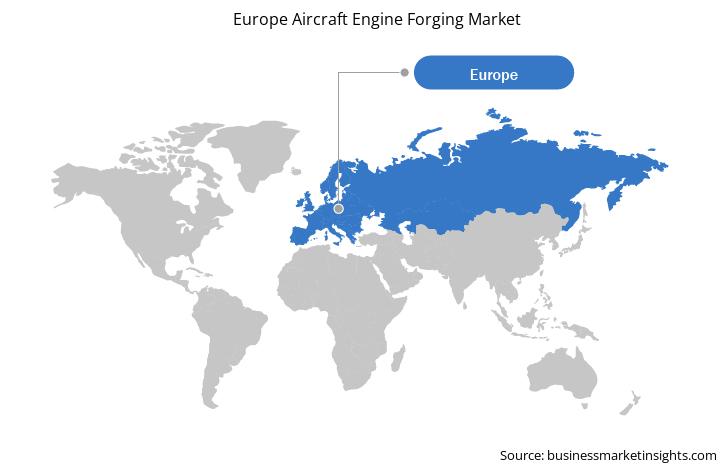A combined-cycle system of an aircraft engine receives considerable attention to achieve improved power generation. The system is continuously being improved to attain higher fuel efficiency and decrease carbon emissions. For such developments, the TET should be increased by developing superalloys with excellent heat-resistant properties. Cobalt and nickel-based alloys are the conventional superalloys used for the gas turbine inlet. Cobalt-based superalloys were traditionally in use as a primary material of gas turbine blade production. However, after their inception, nickel-based superalloys gradually replaced cobalt-based superalloys in turbine blades. Nickel-based superalloys are more beneficial in high-temperature environments of an aircraft engine than cobalt-based or titanium-based superalloys. In terms of the Clarke number, which determines the content of the chemical elements in the earth surface, the elemental Nickel content is more than elemental cobalt content; thus, the availability of nickel is relatively high. Additionally, outstanding mechanical properties of nickel-based superalloys such as high strength, long fatigue life, and good oxidation and corrosion resistance at high temperature are the main factors driving their use in engine turbine blades. Thus, nickel superalloy-based forged parts are further contributing to the aircraft engine forging market growth.
With the outbreak of COVID-19, the production and sales of aircraft engines came to a sudden halt in most of Europe. Collapse of the demand side severely impacted the EU aerospace sector, thereby putting the economies in deep crisis and reduced international trade. The air transport sector plays an important role in economic growth and employment in many of the European countries which was strongly impacted by supply chain disruptions, and technological challenges. The European aerospace industry began to witness airspace inefficiencies, activity delays, and declining number of flights with the initial spread of COVID-19 in the region. The global passenger volume contracted by 60.5%, and total cost of infrastructure declined by 45.4% in 2020, increasing unit costs. This reduced demand has severely impacted the regional aircraft manufacturers thereby affecting the aircraft engine manufacturers, The EU aerospace industry is anticipated to recover gradually due to a slower economic recovery and the importance of international services. The European aircraft manufacturing giant, Airbus, foresees faster recovery of aviation industry and aircraft manufacturing. According to the company, the global and European aviation industry is expected to reach pre-covid levels between 2023 and 2025. Owing to this, the company has been ramping up their production volumes, in order to deliver higher number of orders. The announcement of such strategies showcased a sigh of relief for the aircraft component manufacturers including aircraft engine manufacturers and aircraft engine forging market players.
With the new features and technologies, vendors can attract new customers and expand their footprints in emerging markets. This factor is likely to drive the aircraft engine forging market. The Europe aircraft engine forging market is expected to grow at a good CAGR during the forecast period.
Strategic insights for the Europe Aircraft Engine Forging provides data-driven analysis of the industry landscape, including current trends, key players, and regional nuances. These insights offer actionable recommendations, enabling readers to differentiate themselves from competitors by identifying untapped segments or developing unique value propositions. Leveraging data analytics, these insights help industry players anticipate the market shifts, whether investors, manufacturers, or other stakeholders. A future-oriented perspective is essential, helping stakeholders anticipate market shifts and position themselves for long-term success in this dynamic region. Ultimately, effective strategic insights empower readers to make informed decisions that drive profitability and achieve their business objectives within the market.

| Report Attribute | Details |
|---|---|
| Market size in 2021 | US$ 440.90 Million |
| Market Size by 2028 | US$ 637.91 Million |
| Global CAGR (2021 - 2028) | 5.4% |
| Historical Data | 2019-2020 |
| Forecast period | 2022-2028 |
| Segments Covered |
By Forging Type
|
| Regions and Countries Covered | Europe
|
| Market leaders and key company profiles |
The geographic scope of the Europe Aircraft Engine Forging refers to the specific areas in which a business operates and competes. Understanding local distinctions, such as diverse consumer preferences (e.g., demand for specific plug types or battery backup durations), varying economic conditions, and regulatory environments, is crucial for tailoring strategies to specific markets. Businesses can expand their reach by identifying underserved areas or adapting their offerings to meet local demands. A clear market focus allows for more effective resource allocation, targeted marketing campaigns, and better positioning against local competitors, ultimately driving growth in those targeted areas.

The Europe Aircraft Engine Forging Market is valued at US$ 440.90 Million in 2021, it is projected to reach US$ 637.91 Million by 2028.
As per our report Europe Aircraft Engine Forging Market, the market size is valued at US$ 440.90 Million in 2021, projecting it to reach US$ 637.91 Million by 2028. This translates to a CAGR of approximately 5.4% during the forecast period.
The Europe Aircraft Engine Forging Market report typically cover these key segments-
The historic period, base year, and forecast period can vary slightly depending on the specific market research report. However, for the Europe Aircraft Engine Forging Market report:
The Europe Aircraft Engine Forging Market is populated by several key players, each contributing to its growth and innovation. Some of the major players include:
The Europe Aircraft Engine Forging Market report is valuable for diverse stakeholders, including:
Essentially, anyone involved in or considering involvement in the Europe Aircraft Engine Forging Market value chain can benefit from the information contained in a comprehensive market report.